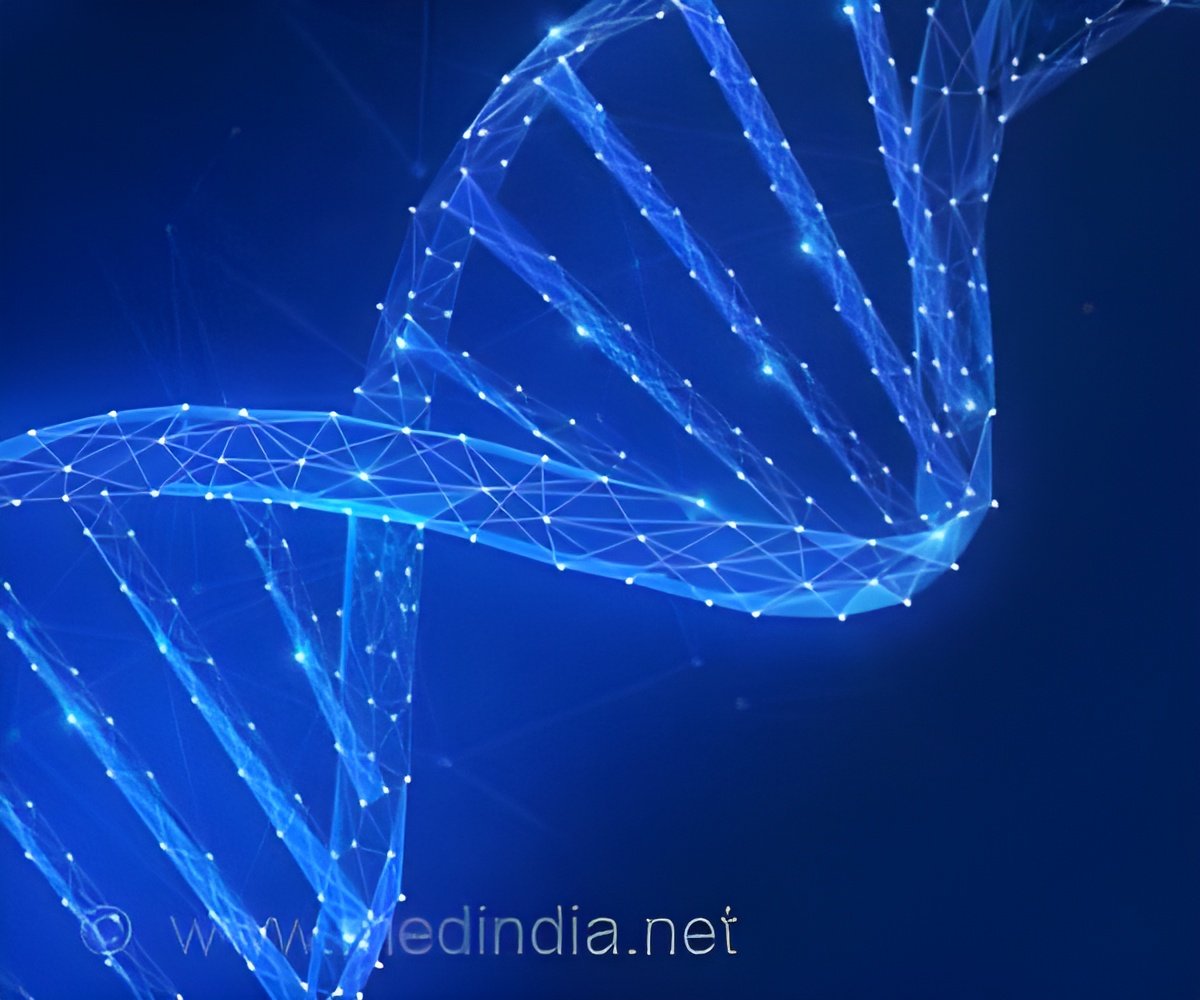
‘Stem cells may respond to having their genes edited by shutting down--and trying to get around this roadblock could increase the risk of cancer.’
Tweet it Now
Now, a study from researchers in Italy has suggested that there could be a way to bypass these complications. The findings are published in the journal Cell Stem Cell. "Genome editing is a very powerful strategy for precise genetic engineering of stem cells, but it requires a complex procedure," says co-senior author Pietro Genovese, a scientist at the San Raffaele Telethon Institute for Gene Therapy in Milan. "Despite its tremendous therapeutic potential and the continuous advances in perfecting gene-editing platforms, the functional consequences of the editing process have yet to be fully elucidated."
One of the barriers to successful genome editing turns out to be p53, a protein that's often called "the guardian of the genome" due to its role in conserving the stability of DNA and preventing mutations. When CRISPR edits genes, it cuts both strands of DNA at particular locations. But these double-strand breaks can signal to p53 that something is wrong. The protein then kicks into action and prevents the cells from proliferating. This is the opposite of what's desired when cells are being used as a potential therapy. Yet permanently shutting down p53 to prevent this defense mechanism can lead to the formation of tumors; defective p53 has been implicated in about half of all cancers.
The team in Milan found a way around this unwanted consequence. Gene editing uses nucleases as "genetic scissors" to induce DNA breaks, followed by an adeno-associated viral vector that delivers the corrective sequence. But when these scissors are not specific enough, they may cut DNA in many additional places. The investigators used a combination of highly specific nucleases and vectors to introduce only the desired break in the DNA of hematopoietic stem/progenitor cells (HSPCs).
Advertisement
"On the other hand," he adds, "if the nuclease is highly specific--and we use highly purified reagents and optimized protocols--we only see a transient effect on cell proliferation. This appears to be fully reversible and compatible with maintenance of the important biological properties of the hematopoietic stem cells."
Advertisement
"The other major challenge of gene editing in HSPCs has been the relatively low efficiency of homologous recombination in HSPCs, which is required for introducing the corrective sequence delivered by the repair template," Naldini concludes. "This hurdle has now been substantially alleviated by new techniques described in our and other recent papers."
The researchers say this work provides molecular evidence for the feasibility and efficacy of genetic engineering in HSPCs. This gives them confidence that the technology will be successfully translated to human trials.
Source-Eurekalert












